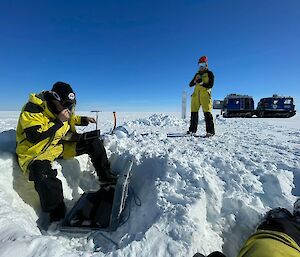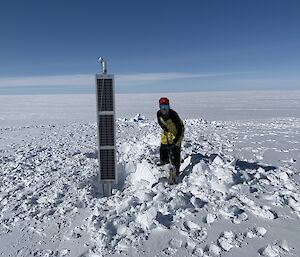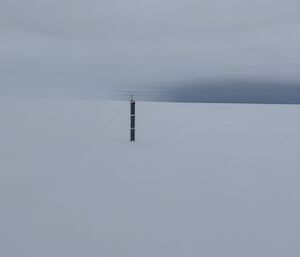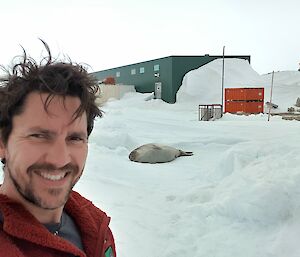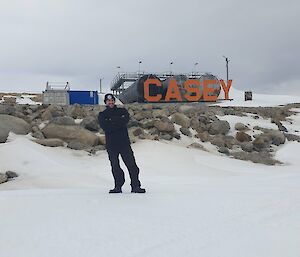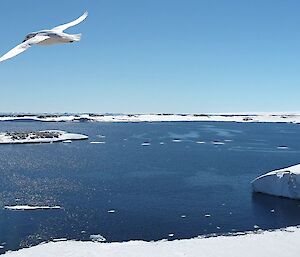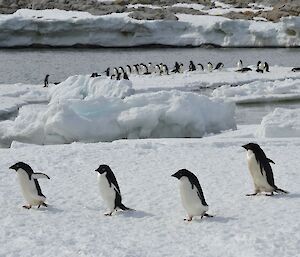Geology is generally a tricky topic, as any prospector will tell you, but geology hidden under hundreds of metres of ice is even more challenging.
So why care?
Well, it turns out that how the Antarctic ice sheet responds to warming oceans to some extent depends on the nature of the rocks and sediment beneath.
Imagine rolling down a steep hill on a pushbike. Gravity pulls you down the hill just as gravity pulls the bulging ice sheet towards the ocean. Now, it would be nice to slow down a bit before you and your bike reach that busy junction (or the ice sheet reaches the ocean, where it forms icebergs or melts)! You hit the brakes.
What is the road like? Consider those three options:
1. Dry asphalt, with good tread on your tyres.
2. Rounded gravel and sand, with worn tread.
3. A wet road with a thin sheet of water and no tread.
You can almost feel it; the bike would roll on the gravel or aquaplane, no matter how tight your grip on the brakes is. However, with good tread on dry asphalt, you can actually slow down and keep control.
Just as your breaking wheels make a connection with the road, the Antarctic ice sheet is also connected to the earth beneath. The warmer the ocean, the quicker it melts, and the steeper the slope that pushes the ice sheet towards the coast. In areas where the ice sheet is frozen to rugged hard rocks at its base, it takes a much steeper gradient for it to flow quickly. However, on soft sediments or, worse, on a layer of water, there is not much holding the ice sheet back from speeding up towards the ocean, pushed by its own weight.
This is why we are keen on understanding the properties at the ice sheet's base. Is there any water? Are there soft sediments beneath? Is the sediment water-saturated? Without this knowledge, it is difficult to predict the rate that Antarctic ice contributes to global sea level rise.
Geophysical data collected using methods from satellites or aeroplanes are a great way to understand some aspects of the subsurface, such as bedrock topography, particularly in Antarctica, where it can be tricky to get around (ask anyone at AAD). However, ground-based seismic data is particularly well suited to look for changes in hardness and density and the existence of water or soft sediments.
Conducting seismic surveys with dynamite is great fun, but far more complicated in Antarctica than elsewhere. Is there another way? Yes, we think so. By studying the seismic signal from background noise, that is, noise from storms, waves, and even distant human activities, we can learn about the material the seismic waves travelled through. Some seismic waves are essentially the same thing as sound waves, and most of us can tell with closed eyes if the sound of a radio comes from the room we are in or from the neighbour. The sound that goes through a wall will be different if the wall is of concrete or thin boards. Seismic signals work the same way but at lower frequencies, and the walls we detect might be kilometres thick ice or rocks. Using seismic signals collected over long time, we can also detect changes, gradual, seasonal, or abrupt.
This season we are deploying seismometers near Casey station in defined configurations to optimise how we understand the rock, sediments and water under the ice. Our experiences will apply to upcoming campaigns when we look in detail at Denman Glacier and further inland, and other Antarctic programs could also adopt the improved methods in the future.
So far, the data collected looks very promising. Thanks to great support and a bit of luck, we are ahead of schedule; however, the infamous A-factor can strike anytime.
- Tobias Stål and Anya Reading,
University of Tasmania (Physics)



